

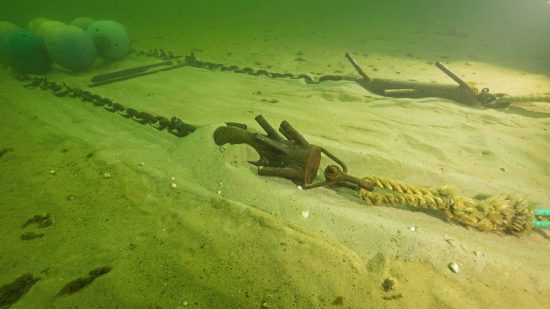
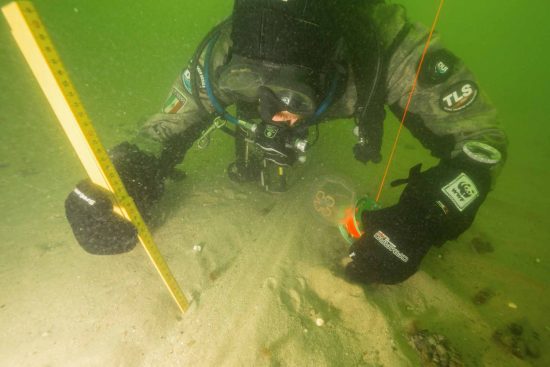
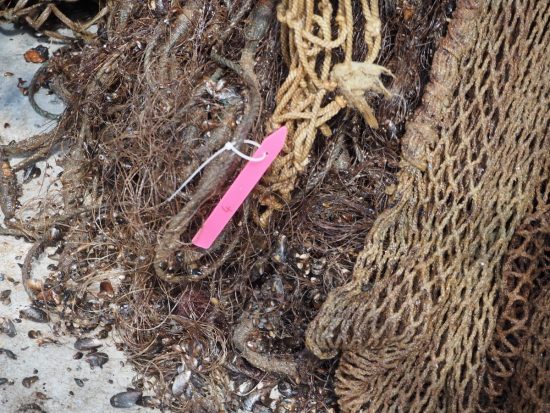
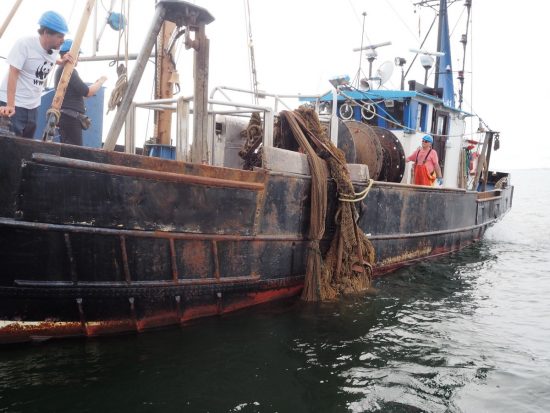
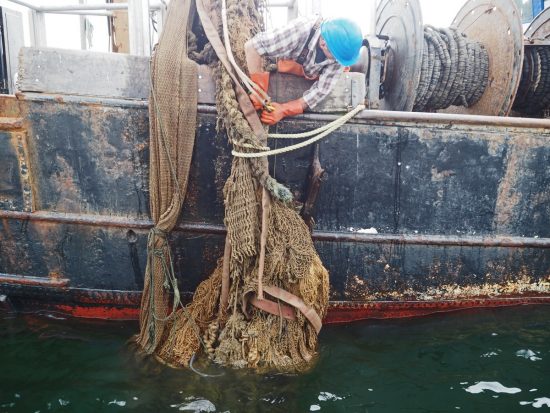
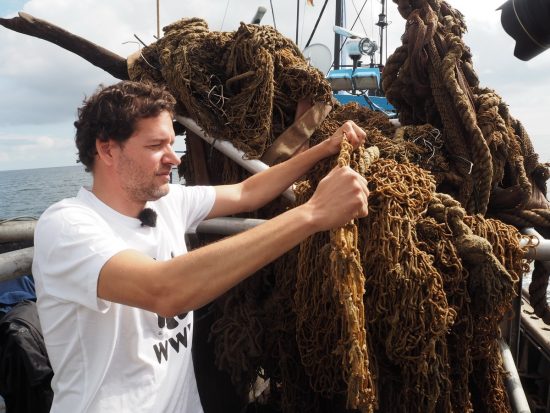
Divers can help by reporting location of ghost nets
It was a successful start to the campaign: A big trawl net and gillnet
weighing about 1.5 tons were located and recovered from the Baltic Sea
in the first salvage operation by the WWF.
A fisherman and a specially designed "power rake" were instrumental in
helping to retrieve discarded fishing nets lying on the seabed, and in
getting them hoisted aboard.
WWF marine expert Philipp Kanstinger said
that the new device, which was currently being tested in areas where
trawling took place, was considerably smaller and more compatible than
conventional bottom trawls.
The data obtained during the search
operations can be used as a foundation to develop a map of suspected
sites of ghost fishing.
Of course, this method is unsuitable for areas where there are shipwrecks or munitions at the seabed.
In July, the recovery operation continued off Usedom in the Baltic Sea
where about 10,000 nets or parts of the nets are lost every year.
About
a tenth of the world's plastic waste is in the form of ghost nets,
which can take up to four centuries to completely disintegrate.
After two years of extensive preparation, discussions and submission of
applications, it was finally possible for the WWF Germany and its
partners to resume its search for ghost nets, an exercise that was
started in 2014.
WWF Germany will study the environmental impact of
different recovery and recycling methods over the next three years.
The organisation has been examining better ways of finding and
retrieving the ghost nets.
In addition, a study will be undertaken to
find out which ports are best for sending the retrieved nets to. This
will go towards the standardisation of such procedures in the Baltic
region.
In short, search areas must have potential for the retrieval of ghost
nets. To this end, WWF Germany works closely with fishermen and divers.
This is because fishermen know where the ghost nets are, while divers
can see how the nets have been entangled underwater. Knowing such
information will facilitate effective planning and implementation of
recovery efforts.
You can be part of this effort by sending details of the positions,
descriptions and photos of nets that you come across to
Geisternetze@wwf.de so they can be included in a Baltic-specific
database.
There will also be a newsletter with updates of recovered
nets.
See here for more information
Additional Information:
Divers thwart scourge of ghost nets in North Sea reserve
 Mares
Mares 1st August 2016
1st August 2016